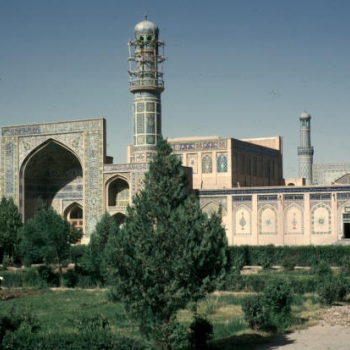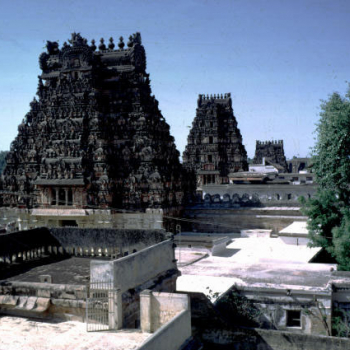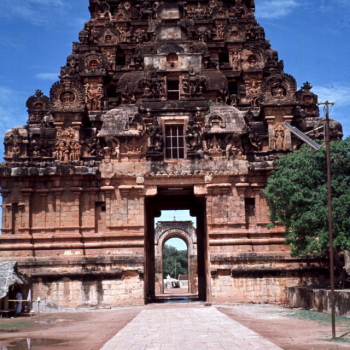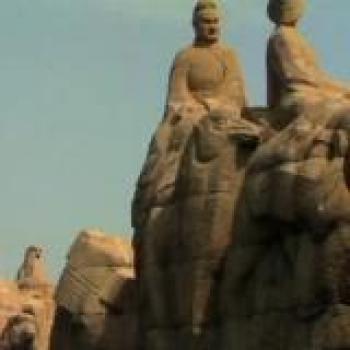The Arabic language: its linguistics and philology
The Arabic language spread all over the former Islamic State from the Atlantic Ocean to the banks of the Indus. The advent of Islam, therefore, marked a crucial stage in the history of the Arabic language. Contacts between the Arabic world and modern Europe in the 18th/19th century left major imprints on the Arabic language and converted classical Arabic into modern Arabic. Also Arabic grammar and lexicography went through different stages of development in the last centuries.












